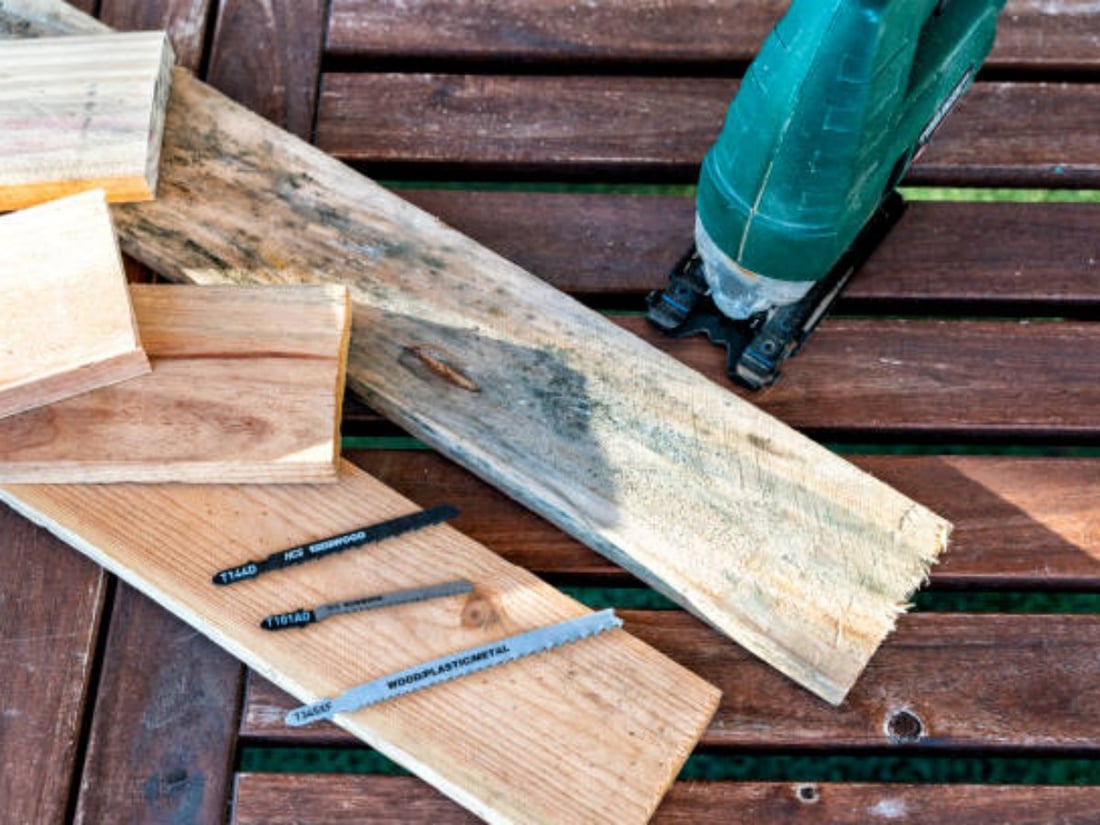Introduction
When it comes to completing woodworking projects, having the right tools is crucial. One of the most essential tools for any woodworker is a jig saw, and the type of blade you use can greatly impact the quality of your cuts. In this article, we will explore the different types of jig saw blades available in the market, their specific uses, and how to choose the right one for your needs.
1. T-Shank vs. U-Shank Blades
One of the first considerations when selecting a jig saw blade is whether to choose a T-shank or a U-shank blade. T-shank blades are the most common type and are preferred by most woodworkers due to their ease of use and compatibility with most jig saws. On the other hand, U-shank blades are typically used with older models of jig saws and require a screw to secure them in place.
2. High-Speed Steel (HSS) Blades
High-speed steel (HSS) blades are a popular choice for general-purpose cutting. These blades are made from a durable alloy that allows them to withstand high cutting speeds without becoming dull. HSS blades are suitable for cutting through wood, plastic, and non-ferrous metals, making them versatile and cost-effective.
3. Bi-Metal Blades
Bi-metal blades are designed for heavy-duty cutting tasks. These blades feature a high-speed steel cutting edge that is welded onto a flexible, spring steel back. The combination of these materials allows bi-metal blades to cut through a wide range of materials, including wood, metal, and even nails or screws. They are known for their durability and longevity.
4. Carbide-Tipped Blades
Carbide-tipped blades are the go-to choice for cutting through hard and abrasive materials. These blades are made with small pieces of tungsten carbide that are welded onto the cutting edge. Carbide-tipped blades can easily cut through materials such as ceramic tile, fiberglass, and cement board. They tend to be more expensive than other blade types but offer superior cutting performance and extended lifespan.
5. Scroll Blades
If you're looking to create intricate curves and detailed designs in your woodworking projects, scroll blades are the way to go. These blades have a narrow profile and teeth on both sides, allowing for tight turns and precise cuts. Scroll blades are commonly used for making scrollwork, fretwork, and other decorative elements.
6. Reverse-Tooth Blades
Reverse-tooth blades, also known as down-cut blades, are specifically designed to minimize splintering and chipping on the top surface of the material being cut. These blades have teeth that face downward, which helps to prevent tear-out and produce clean cuts on delicate materials like veneer or laminates.
7. Flush-Cut Blades
Flush-cut blades are ideal for making cuts that are flush with the surface of the material. These blades have teeth that are set on one side, allowing them to cut right up against an adjacent surface without scratching or damaging it. Flush-cut blades are commonly used for trimming dowels, cutting off protruding nails, or making precise cuts along edges.
8. Diamond Grit Blades
When it comes to cutting through hard materials like glass, tile, or stone, diamond grit blades are the best choice. These blades have a coating of diamond particles on their cutting edge, which gives them the ability to cut through even the toughest materials. Diamond grit blades are commonly used in construction, remodeling, and tiling projects.
9. Specialty Blades
In addition to the various types mentioned above, there are also specialty jig saw blades available for specific applications. These include blades for cutting metal, PVC, laminate flooring, and even frozen materials. If you have a unique cutting task, there is likely a specialty blade designed to meet your needs.
10. Choosing the Right Blade
When selecting a jig saw blade, it is important to consider the material you will be cutting, the desired cut quality, and the specific requirements of your project. Remember that different blades are designed for different purposes, so using the wrong blade can lead to poor results or damage to the material. It is always recommended to refer to the manufacturer's guidelines and consult experienced woodworkers for recommendations.
If you are interested in our products or services, please feel free to contact us.


